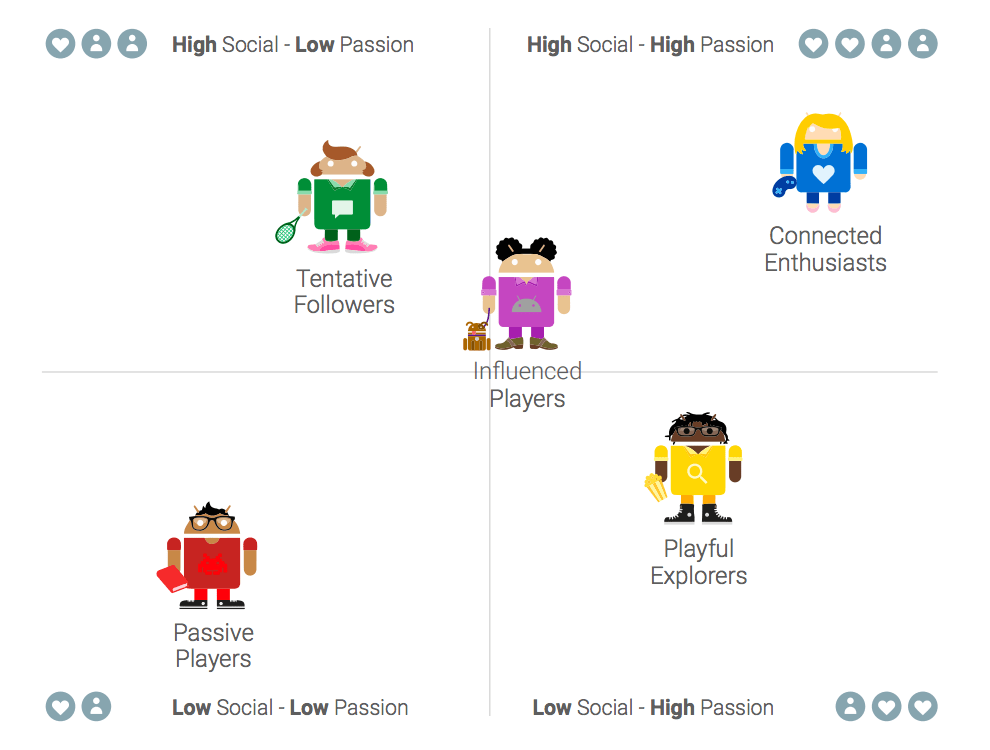With the rapid growth of mobile games adoption across the globe, it means that the characteristics, needs, and motivations of mobile games players are getting more diverse. Following this trend, it’s essential for mobile games developers to understand their players’ behavioral drivers in order to make mobile games that can both excite and engage the players.
Commissioned by Google Play, our segmentation approach helps them understand differences and similarities in the needs and behaviors of mobile game players across the world. Initially intended for internal purposes, Google Play believes that our findings are of value to the wider community of mobile game developers and shared our findings on Medium.
Who plays mobile games? Player insights to help developers win
Allen Bevans, UX Researcher at Google, said: “Our first challenge when considering the spectrum of players was to create some form of order. How were these millions of players similar or different in terms of their attitudes, needs, and behaviors when it came to mobile games? In our survey of over 20k mobile game players across 8 markets, we asked a series of questions about different aspects of their game playing: how they find out about games, what’s important to them about games, how and when they play, how gaming fits into their lives, etc.
We found the questions that truly differentiated groups of players from each other centered around their social behaviors and their passion for games.
Examples of social behaviors include both the influence of others in game discovery and choice, as well as playing against others, or as part of a community or alliance. Passion for games includes time spent playing, the centrality of gaming to their identity, and fan-like behavior such as purchasing branded merchandise.
We identified five distinct segments of players based on these dimensions:

These five player segments also have different behaviors which can be used to understand gaming preferences and motivations, and we have analyzed the findings into the four following key insights…”

